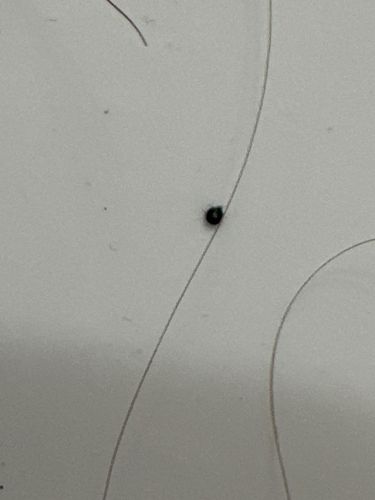Head Louse
Scientific Name: Pediculus humanus capitis
Order & Family: Phthiraptera (Order); Pediculidae (Family)
Size: Adult head lice are typically 2-3 mm (0.08-0.12 inches) long; nits are much smaller, about 0.8 mm (0.03 inches).

Natural Habitat
Head lice live on the human scalp, behind the ears, and near the neckline on the back of the neck. They are found worldwide.
Diet & Feeding
Head lice feed exclusively on human blood, typically several times a day. They bite the scalp to draw blood.
Behavior Patterns
Female head lice lay nits (eggs) close to the scalp, often cemented to hair shafts. Nymphs hatch from nits and mature into adults. Head lice are obligate parasites, meaning they cannot survive long off a human host. They spread primarily through direct head-to-head contact.
Risks & Benefits
Potential Risks: Head lice bites can cause itching and irritation, which may lead to secondary bacterial infections from scratching. They are not known to transmit diseases. Potential Benefits: No known benefits to humans or the ecosystem; they are considered a nuisance parasite.
Identified on: 8/21/2025